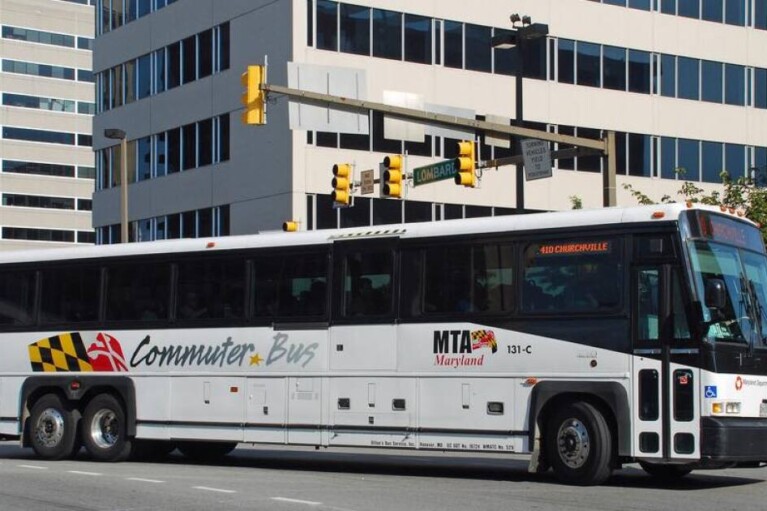School nurse: Social media exacerbates teen health crisis by design

By Elizabeth Elliott
The writer works as School Health Services Nurse Administrator for the Montgomery County Department of Health and Human Services and serves as current president of the Maryland Association of School Health Nurses.
As the president of the Maryland Association of School Health Nurses, my mission is to help our state’s kids grow into healthy and thriving adults. But personally, as a nurse and as a mother, I’ve become concerned that many of our students are falling into social media addiction — with real-world consequences that can steal their promising future.
Children and teens inhabit an increasingly online world. As adults, it’s important we come to terms with the simple fact: Increased digital engagement comes with significant risks and hampers students’ ability to interact in a healthy way with peers and adults. This is all largely by design — the harms young people face come from algorithms and other features that keep kids online and agitate their vulnerabilities.
Day after day, I see firsthand how the harms of digital immersion play out in our schools. Rising rates of teen violence, self-harm, eating disorders, overdoses, and suicides are all public health crises that social media algorithms exacerbate. Research published by the National Association of School Nurses earlier this year highlights the epidemic nature of the psychosocial impact social media use has on adolescents. These trends include higher levels of teen depression and anxiety, often driven by loneliness and fear of missing out, that correlate with a teen’s frequency and intensity of social media use.
Far too often, the dangers can culminate in a school community’s worst nightmare: a young person’s death by suicide. The researchers found that not only do young people encounter content related to suicidal ideation with disturbing frequency, but also that cyberbullying, in particular, is associated with life-threatening risks for all teens involved. Victims of cyberbullying are nearly two times more likely to attempt suicide, while perpetrators of cyberbullying are one and a half times more likely to attempt suicide.
There is some hopeful news: legislation on the national level called the Kids Online Safety Act as well as an important bill closer to home that’s being reintroduced in the Maryland General Assembly. That bill, the Maryland Kids Code, would provide common-sense protections for kids and teens, mandating the strongest safety-by-design and security-by-default features.
It would give our kids control over their digital footprint, ensure their privacy, and protect them from the patterns these companies use to keep kids psychologically hooked. It would also require social media companies (and any other company with products or services children and teens access, including AI) to conduct basic risk assessments to ensure they are designing safe products, just like we require with most every product we put in front of kids.
The legislation would ensure that companies design in the best interests of children, which calls into question the algorithms that can create the harmful ecosystems where young people live online. Those algorithms too often push unsolicited content that’s inappropriate or actively harmful, including social media challenges that endanger kids’ lives, filters that distort teens’ self-image, and online communities that use social media to coordinate crimes against children.
To be clear: If we do not pass the Maryland Kids Code, those existing harms will continue, and they will continue to hit underserved communities the hardest.
Younger children from less affluent backgrounds are more likely to lack access to structured activities and adult supervision, leaving them more susceptible to the pitfalls of unsupervised digital exploration. Adolescent members of racial and ethnic minority groups, according to the National Association of School Nurses study, “have higher rates of depression and loneliness, and are found to experience more bullying” online.
Before my time in nursing, I worked in health policy on Capitol Hill during the years when our country was finally starting to acknowledge and address the AIDS crisis. The urgency and collaborative effort that defined that era are what we need to marshal now in confronting the digital threats that face our children. Spend a day in the health room with struggling teens in our community, and you’ll see why it’s time for legislators to take decisive action.
We know what we’ll be up against: Big Tech’s lobbyists will swarm Annapolis to scuttle the bill, just like they did last year — prioritizing profits over kids’ health and wellbeing. We do not have more time to waste on duplicitous arguments against basic online protections. As concerned parents, educators, and caregivers, the time is now to stand up for our kids and pass the Maryland Kids Code.



